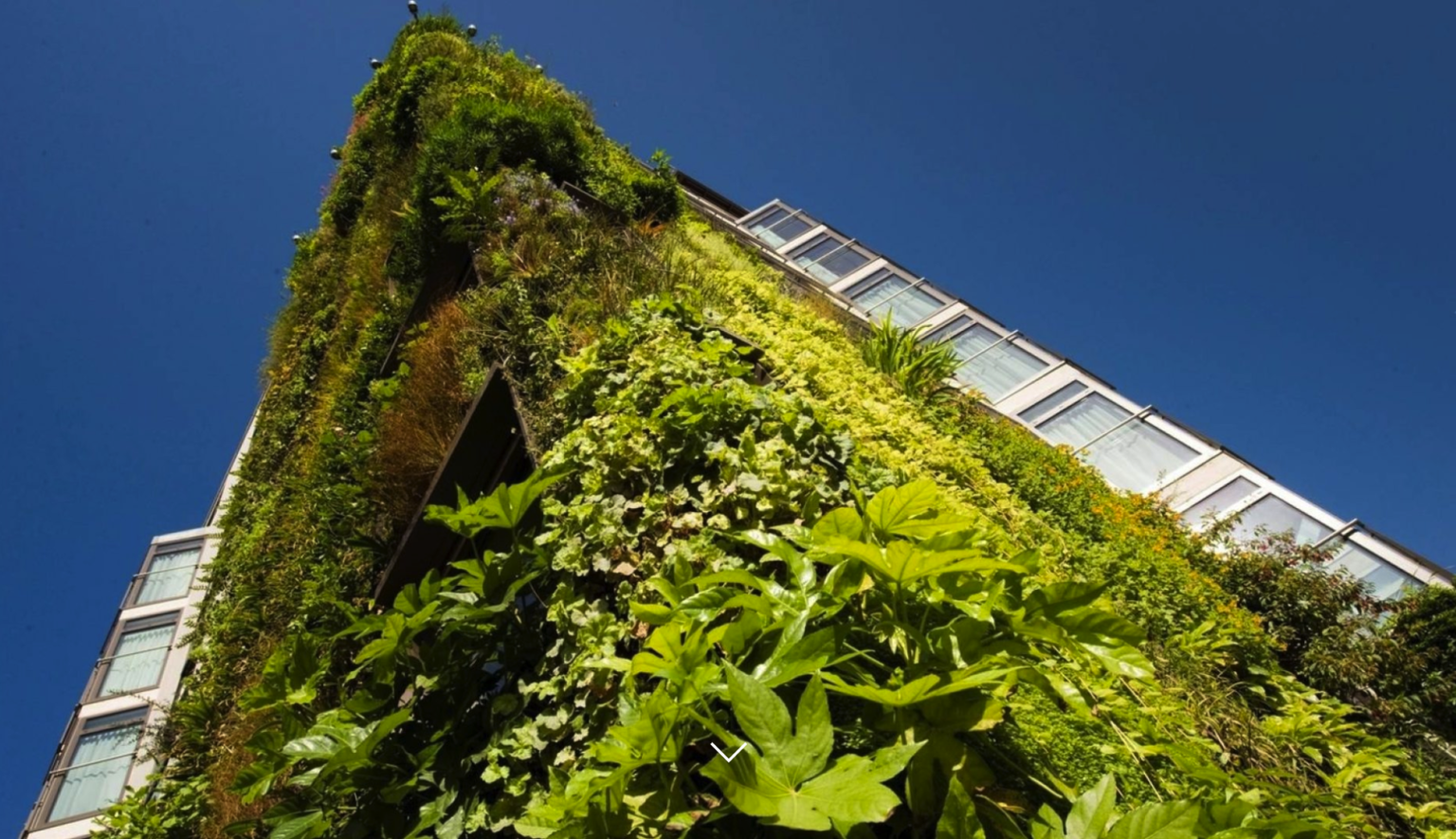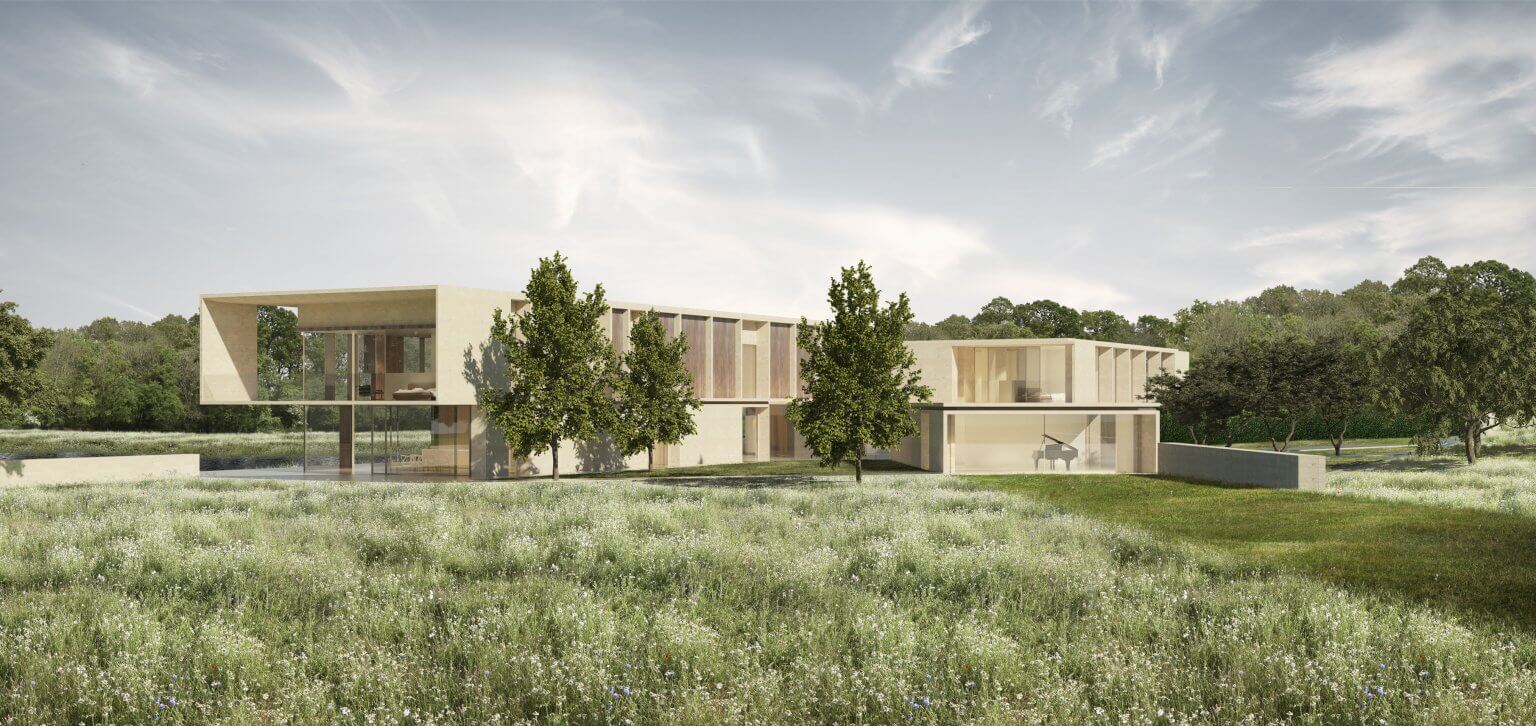WHAT’S NEXT IN DESIGN?
There’s no doubt that social media, particularly Instagram and Pinterest, has opened the world of interior design to the many. Once a preserve of the wealthy few or those with a keen artistic interest, today, the sites are fuelling imaginations the world over with decorating ideas and driving up demand.
In the days before social media, part of an interior designer’s role was to help clients tease out, put down on paper and then develop a design brief. Now many clients come armed with mood boards. “They are increasingly design literate and want to be part of the conversation around the design of their home,” notes RedBook Partner Iain Watson, CEO of David Collins Studio.
As more and more invest in their interior design projects, so has the desire to create spaces that stand the test of time, adds Sophie Ashby of RedBook Partner Studio Ashby. “A great way of designing with that brief in mind is to blend an eclectic mix of furniture, layering in antiques and vintage pieces alongside new items.”
QUIET LUXURY
The concept of ‘quiet luxury’ looks set to grow next year. This concept is a lifestyle and fashion trend that underlines refined taste, exclusivity and understated elegance in place of showy displays of wealth. It’s best characterised by high-quality, timeless designs and a focus on craftsmanship and materials over big-name brands.
In interiors terms, this might include rooms dedicated to hobbies such as wine or reading and dressed in fabric-covered walls, dark and moody colours and deeply comfortable furniture. Alternatively, it could take the shape of an at-home Finnish-style sauna made from native wood or a natural swimming pool in the garden.
Architect and RedBook Partner Donald Insall says clients will continue to add value to their properties in more nuanced ways, too, such as introducing improvements to achieve the goal of having a quiet house on a busy street.
Another impact on the industry has emerged from changed working habits following the pandemic. “In the last 12 to 18 months, we’ve noticed clients engaging more thoughtfully in how they will use their home,” says RedBook Partner Max de Rosée, co-founder of De Rosee Sa. “With more people working remotely, they are spending more time than ever at home.”
NEW TRADITIONALIST MOVEMENT
According to architectural designer Tom Bartlett, founder of RedBook Partner Waldo Works, the ‘new traditionalist’ movement will continue to grow. This approach blends traditional forms and bold colours with a heightened focus on craftsmanship and longevity. The design trend is already emerging in commercial interior design, such as hotels and restaurants, which is often a precursor to where things will go in the domestic market.
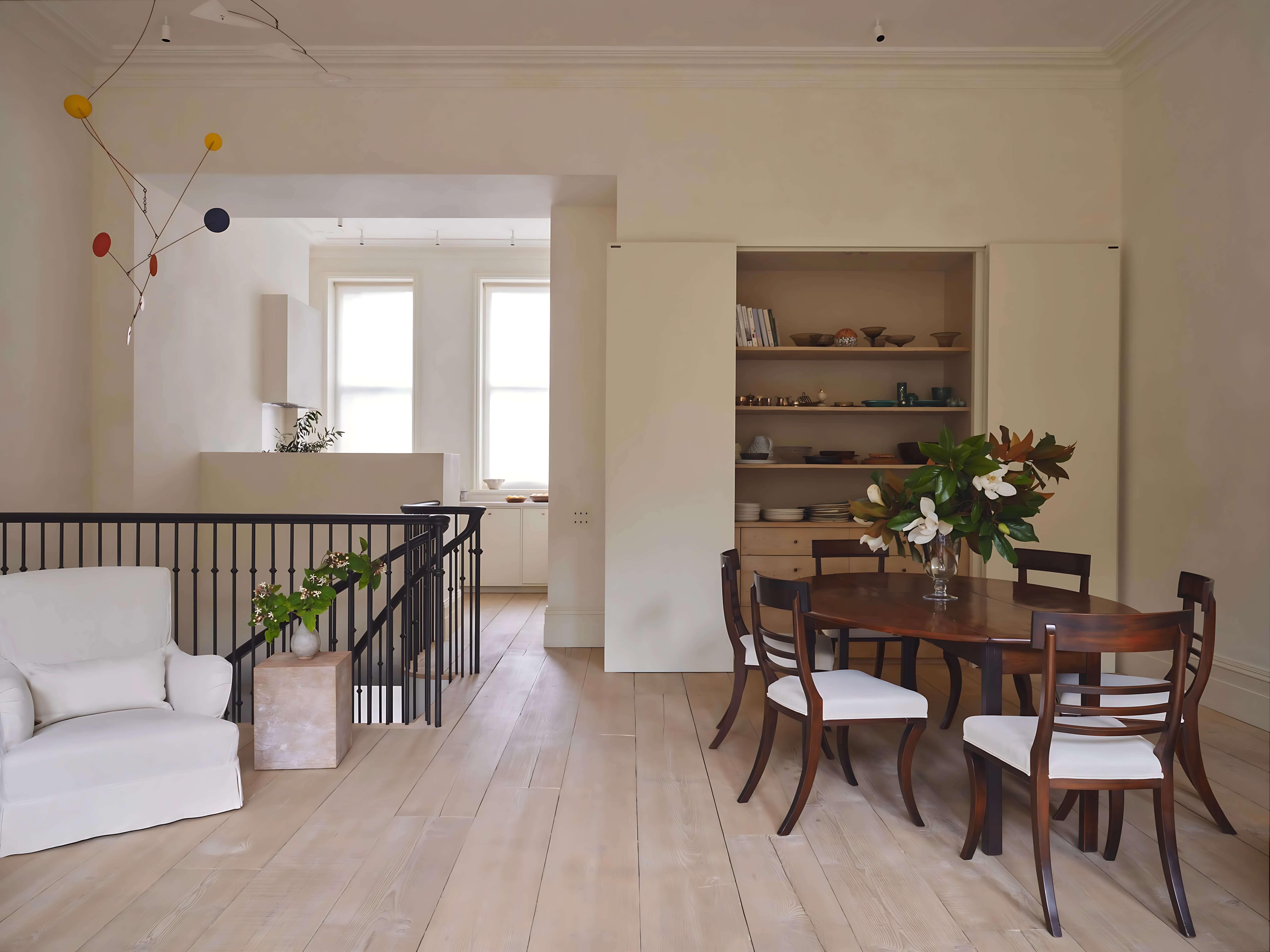
Image: courtesy of a RedBook Partner
“We find that there is often a desire from our clients to learn more about design periods and 20th-century designers beyond those they are familiar with,” says Tom. “Whether for residential or commercial spaces, there is a clear trend towards harmonising timeless elegance with modern, practical sophistication.”
USE OF SPACE
There looks to be a continued focus on how spaces are used throughout a house, with a particular emphasis on townhouses, including features that might otherwise have been only found in country properties, such as boot rooms, utility rooms and pantries. “Getting these spaces right ensures that the headline rooms, that is, the sitting rooms, dining rooms, kitchens and bedrooms, work better,” says Max de Rosée.
Other elements designed into today’s luxury properties include dressing rooms—a surefire route to creating the ultimate bedroom sanctuary—and home cinema rooms. The team at Purcell Architects, which does a lot of work in the heritage building sector, foresees more projects that include highly customised leisure facilities such as car showrooms, archives, art galleries, wellness retreats, and spa complexes.
MATERIALS AND CRAFTSMANSHIP
Clients are increasingly prioritising interiors that go beyond ‘for show’; it’s about provenance and storytelling as much as it’s about having a unique space with character. “We are seeing a return to warmer, more tactile, richly figured stones and timbers, colourful finishes such as lava stone and handmade ceramics and reclaimed materials too,” says Karen Howes, founder and CEO of Taylor Howes Design. “These have always been a strong part of our toolkit, but I think we’re finally moving away from a more generic, ‘vanilla’ aesthetic to one with more soul.”
Hand-knotted rugs and custom-made upholstered furniture feature widely in luxury projects. Using unusual finishes also helps to set interiors apart. Bethan Southall, who leads the interiors team at Waldo Works, says they’ve specified elements such as veneers from the Italian firm ALPI, Blue Lias natural stone and Pyrolave, a volcanic lava stone that can be enamelled in vibrant colours in recent projects.
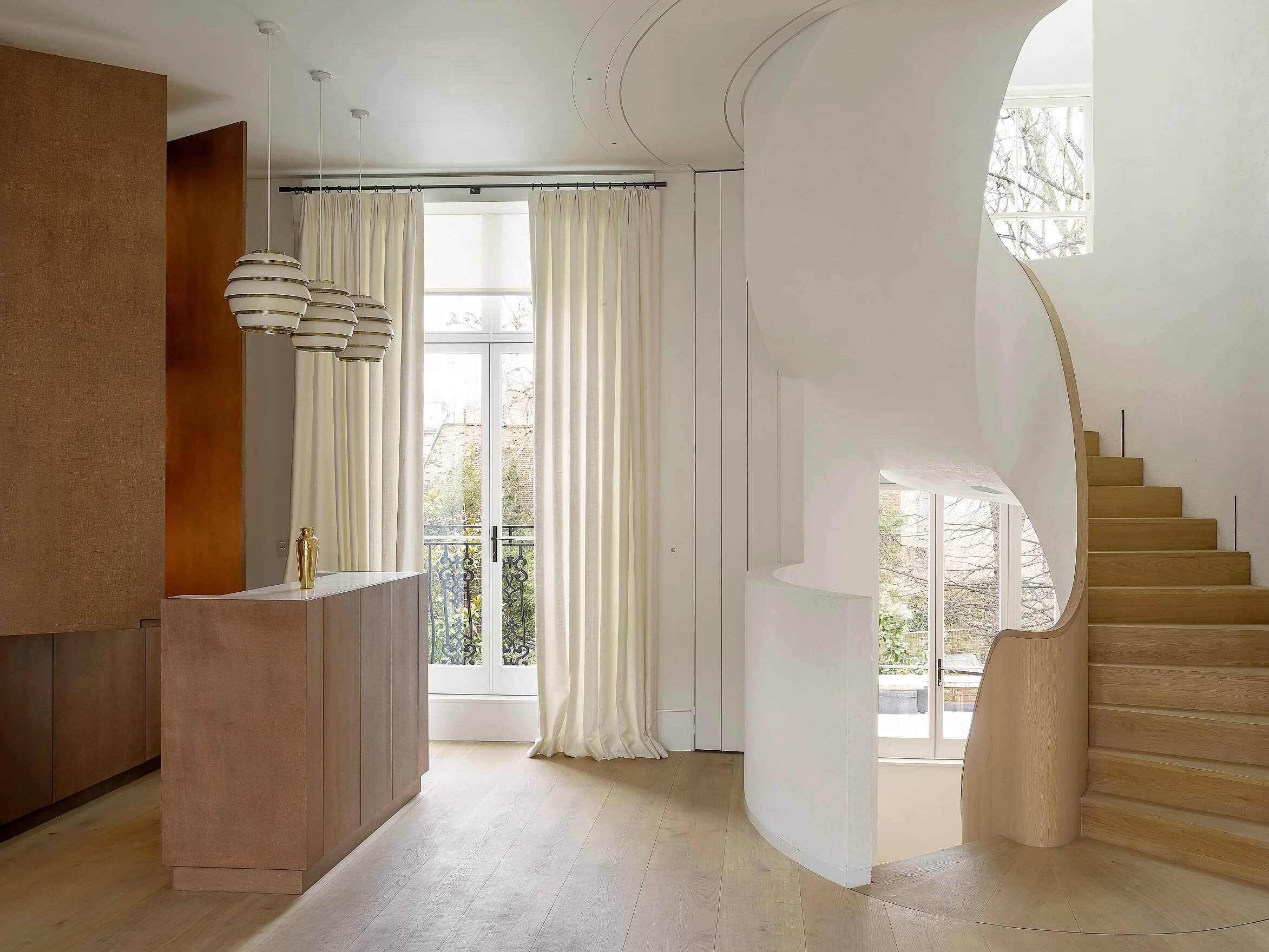
Image: courtesy of a RedBook Partner
RedBook Partner Peter Mikic has used a Loro Piano orange cashmere on the dining room walls of a project in Notting Hill and covered floors of bathrooms in unusual marbles. “I’ve noticed clients are expecting a more luxurious look to their homes,” he says.
Sophie Ashby adds that any custom or bespoke piece introduced into a scheme should be designed to become a ‘future heirloom’ for the client. “That means, made of the highest quality, sustainable materials and made in the country for which it’s intended,” says Sophie. “That’s the part we play in minimising the environmental impact of a very wasteful industry.”
ANALOGUE V DIGITAL
The role of tech in a house continues to divide opinion with some embracing more and more and others peeling away. Those in the pro camp are embracing elements such as geofencing, which is a GPS-led system that automatically activates when an owner approaches the house. Lights will turn or the heating will dial up just before they arrive home. Others take a different view and want to take things in reverse, removing smart lighting systems and returning to traditional on/off toggle switches, for example. “Home automation has led to an overly digitised environment; clients are reverting to more analogue experience,” says Iain Watson.
SUSTAINABLE INTERIORS
Our final prediction for trends in 2025 is about sustainability. After several years of talking about this topic within RedBook, a greater awareness of the impact of materials used in a home, both on the environment and its occupants, is gaining ground. “Convincing clients to invest in low-energy solutions has been challenging over my 30 years in this field,” says Thomas Croft, founder of his eponymous architecture firm and a RedBook Partner. “In recent years, I’ve seen a definite shift in attitude towards carbon neutrality and sustainability; although up-front costs are higher, clients are now appreciating the value both financially as an investment and morally in terms of our collective footprint.”
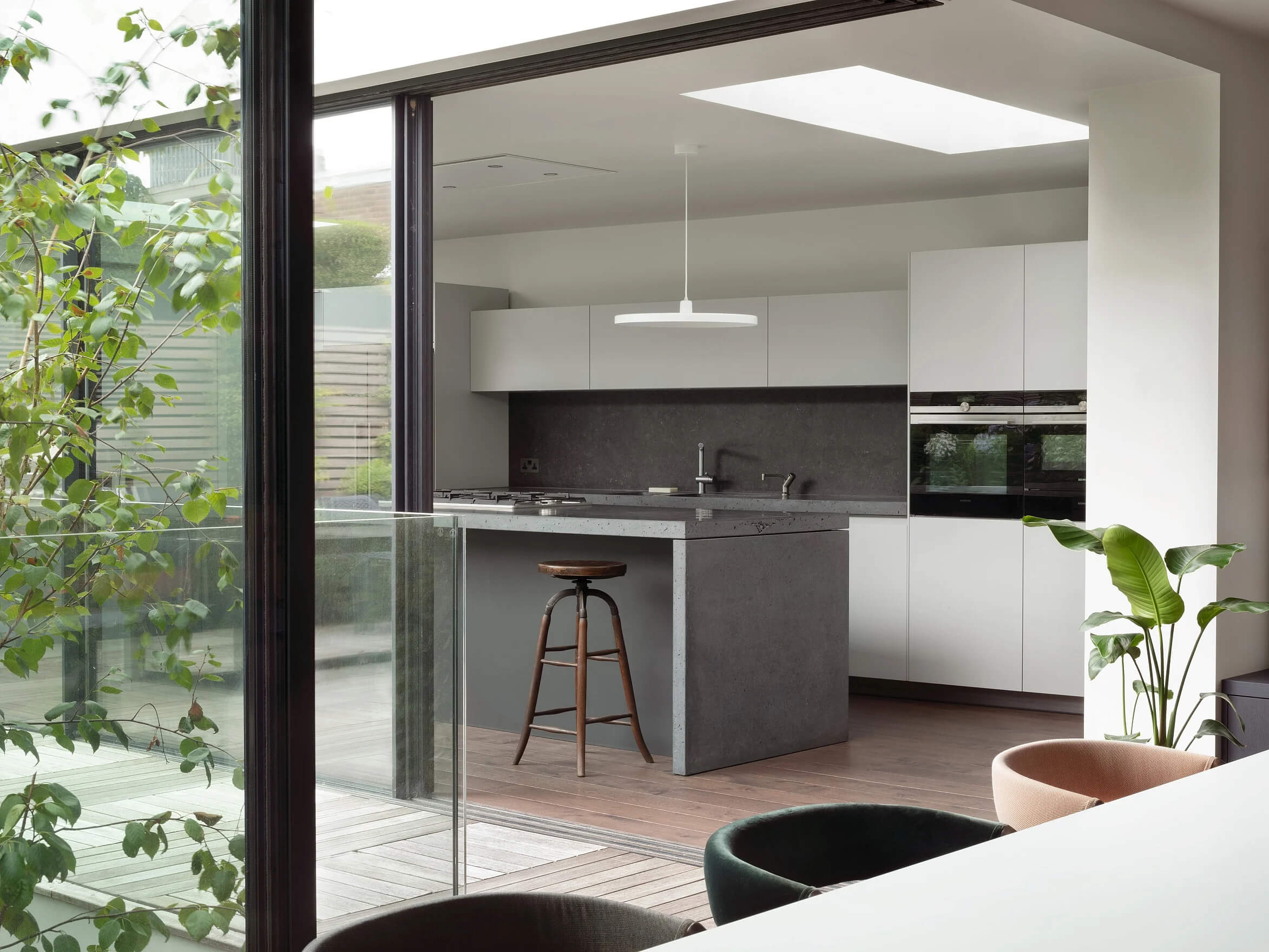
Image: courtesy of a RedBook Partner
Maria Speake, interior designer and co-founder of Retrouvius, has long underlined the environmental benefits of reusing materials in projects. Alongside technological improvements to homes, such as installing MVHRs and air-source heat pumps, her clients specify locally sourced, recycled and non-toxic materials as well as reclaimed timber and rare stones in their projects.
The team at Taylor Howes Design are taking a slightly different approach to working more sustainably. They are collaborating with engineers and specialists to investigate practical applications of structural stone and timber, which offer substantial carbon savings compared to constructing with steel and concrete. In the meantime, they champion the use of traditional building materials. “In the UK, we are fortunate to have a remarkable range of smaller companies producing traditional handmade bricks and clay tiles from locally sourced clays, supporting sustainable manufacturing practices,” says Karen Howes.
